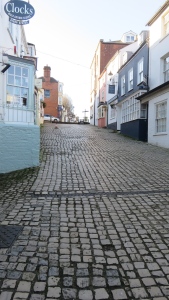
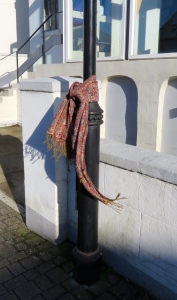 This morning Jackie drove us to Lymington Hospital where she had her knee x-rayed. We were very impressed with this well-laid out building, making it easy to find the walk-in service, and the efficiency of that provision when we arrived. Afterwards we parked behind the High Street and walked down to the quay, where Jackie sat on a bench whilst I wandered around; I then walked the length of the main street, seeking Canon printing ink suppliers. I bought some in W.H.Smith’s and ordered another in Stephenson’s. We then met up back at the car park.
This morning Jackie drove us to Lymington Hospital where she had her knee x-rayed. We were very impressed with this well-laid out building, making it easy to find the walk-in service, and the efficiency of that provision when we arrived. Afterwards we parked behind the High Street and walked down to the quay, where Jackie sat on a bench whilst I wandered around; I then walked the length of the main street, seeking Canon printing ink suppliers. I bought some in W.H.Smith’s and ordered another in Stephenson’s. We then met up back at the car park.
In New Street, Jackie spotted a scarf lying in the road, and I tied it to a lamppost. It was still there on our return. If it belongs to you, I hope you recover it before the promised storms arrive.
Many boats were moored in the harbour, but there was little activity other than that of gulls and mallards.
Zooming the third picture above will reveal, on the left-hand edge of the High Street, Lal Quilla Indian restaurant. We thought we would give it a try this evening, and drove back to Lymington. We were not disappointed. My choice of king prawn naga and special fried rice, Jackie’s of prawn sally with mushroom rice, the popadoms, the onion bajis, and the egg parata were all excellent. We both drank draught Kingfisher. The service was friendly and engaging. Even the chef asked if we had enjoyed our food.
P.S. I am grateful to Lakshmi, another WordPress blogger, for pointing out that Lal Quilla is the Hindustani name for what we call Red Fort. This is how it is described by Wikipedia:
‘The Red Fort was the residence of the Mughal emperor of India for nearly 200 years, until 1857. It is located in the centre of Delhi and houses a number of museums. In addition to accommodating the emperors and their households, it was the ceremonial and political centre of Mughal government and the setting for events critically impacting the region.[1]
The Red Fort, constructed by Shah Jahan, was built as the fortified palace of Shahjahanabad, capital of the fifth Mughal Emperor Shah Jahan,[2] in 1648. Named for its massive enclosing walls of red sandstone, it is adjacent to the older Salimgarh Fort, built by Islam Shah Suri in 1546. The imperial apartments consist of a row of pavilions, connected by a water channel known as the Stream of Paradise (Nahr-i-Behisht). The Red Fort is considered to represent the zenith of Mughal creativity under Shah Jahan. Although the palace was planned according to Islamic prototypes, each pavilion contains architectural elements typical of Mughal buildings, reflecting a fusion of Timurid, Persian andHindu traditions. The Red Fort’s innovative architectural style, including its garden design, influenced later buildings and gardens in Delhi, Rajasthan, Punjab, Kashmir, Braj, Rohilkhand and elsewhere.[1]With the Salimgarh Fort, it was designated a UNESCO World Heritage Site in 2007 as part of the Red Fort Complex.[1][3]
The Red Fort is an iconic symbol of India. On the Independence Day of India (15 August), the Prime Minister of India hoists the national flag at the main gate of the fort and delivers a nationally-broadcast speech from its ramparts.[4],’

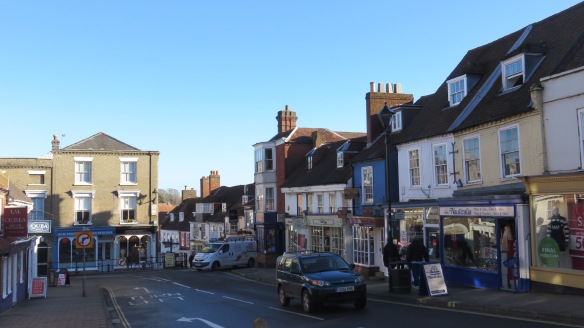
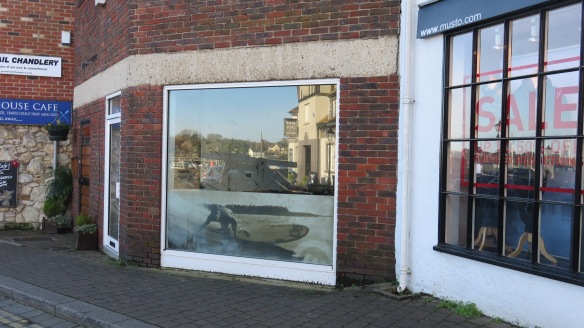
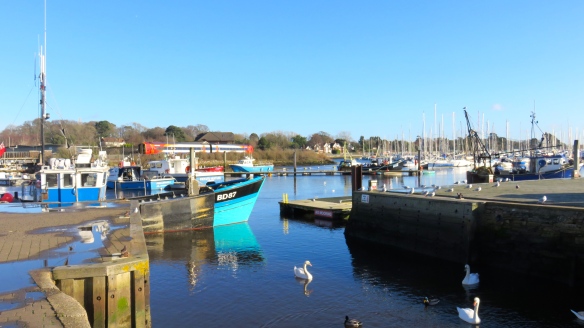
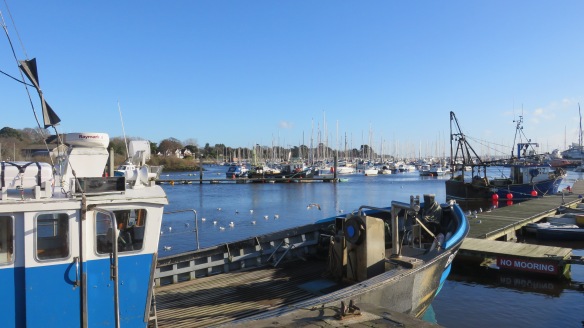
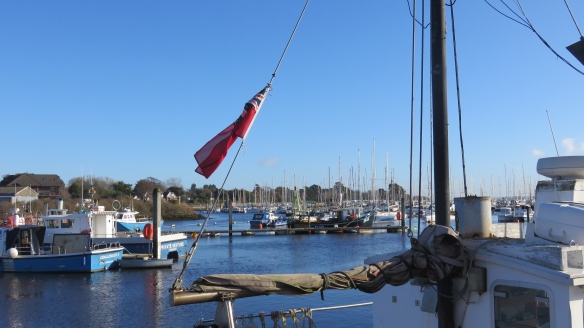
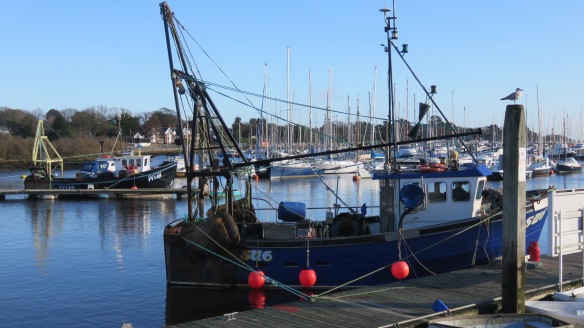

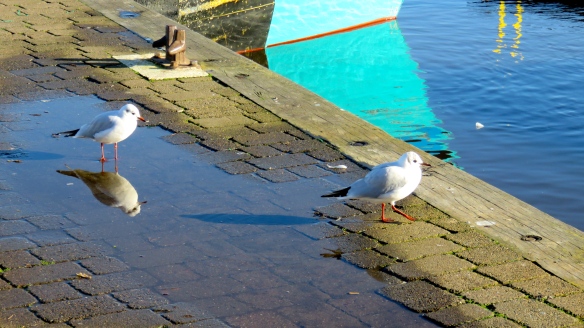
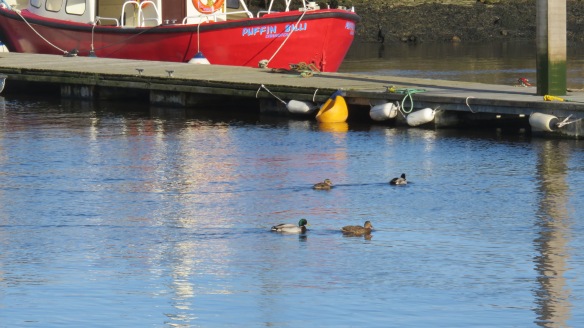
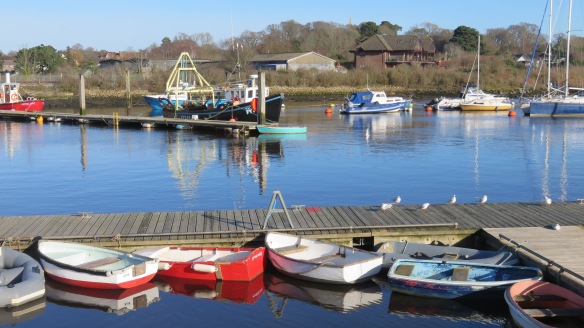
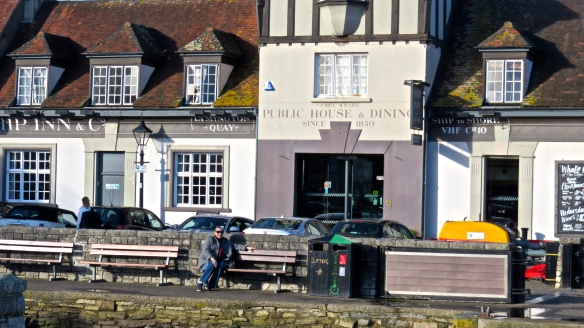
The place is so beautiful and thank you for the photos. When Lal Quilla, I was thinking, an Indian name and I continued, I came to know it is an Indian restaurant:) Thanks.
Red Fort – Wikipedia, the free encyclopedia
en.wikipedia.org/wiki/Red_Fort
It is located in the centre of Delhi and houses a number of museums. … Its English name, “Red Fort”, is a translation of the Hindustani Lal Quila (لال قلعہ, लाल …
Thank you Lakshmi. I had heard of Red Fort but did not know the translation. You may be interested in this earlier post: http://derrickjknight.com/2012/10/31/curry-a-biography/
A further thank you – I have put a P.S. on